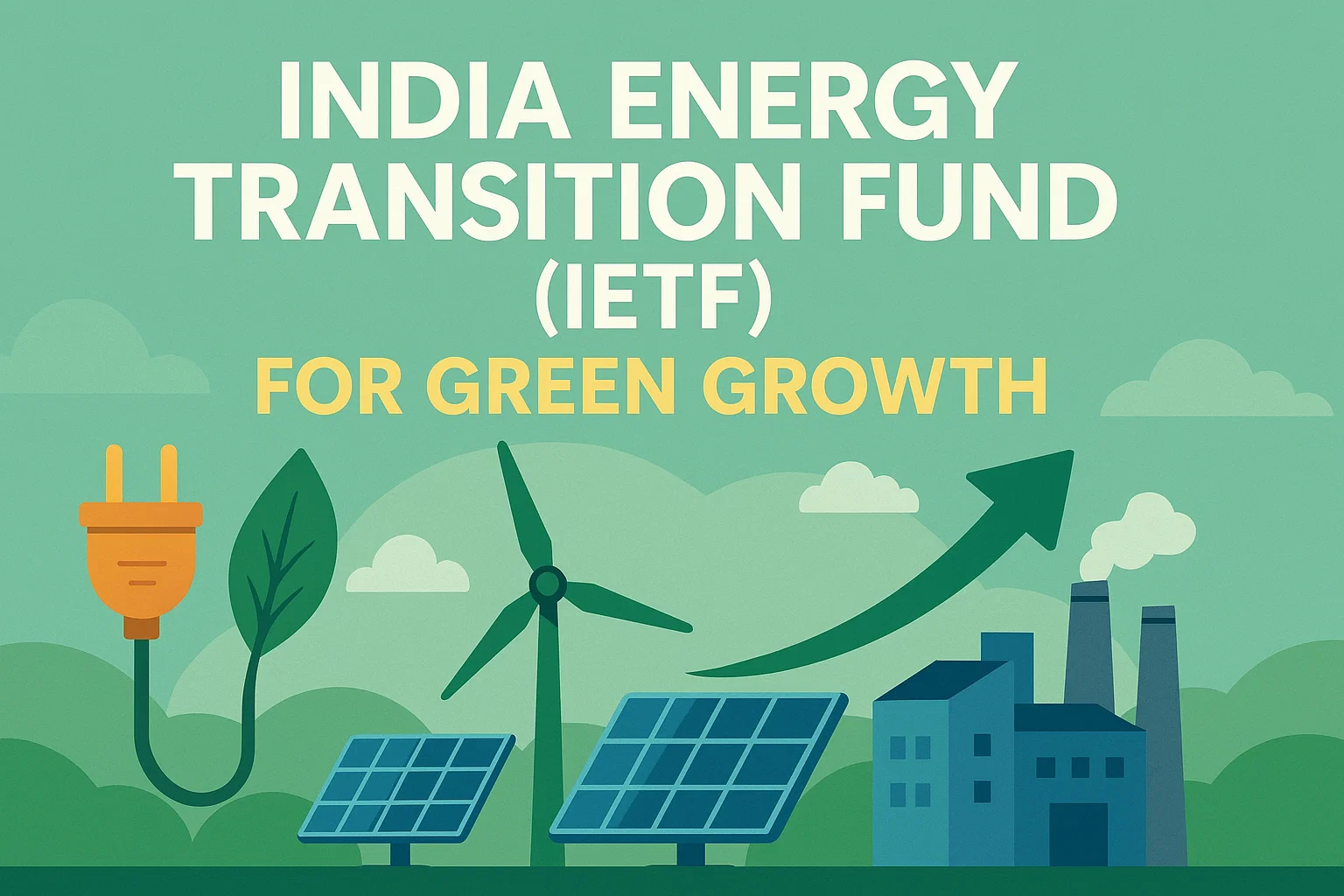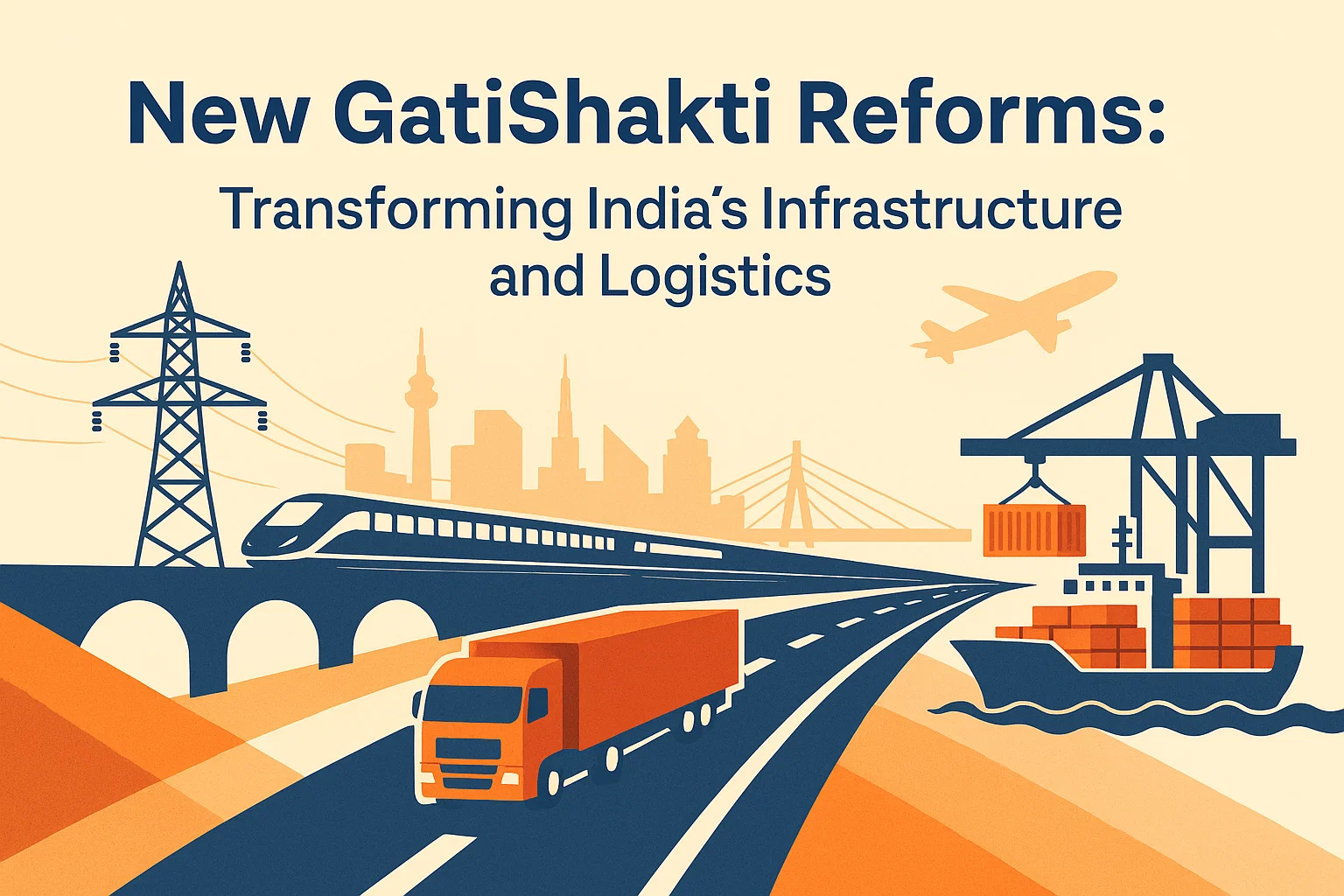BRICS: A Centre for the Global South
BRICS is evolving as a key platform for Global South aspirations, challenging Western dominance through unity, finance, and institutional voice.






Introduction
For centuries, wealthy Western nations have shaped the world’s destinies—politically, economically and culturally—leaving vast regions of Asia, Africa and Latin America at the margins. Often referred to as the Global South, these countries share a history marked by colonial rule, economic extraction and exclusion from the levers of global decision-making. Yet this old order is being challenged. At the 2025 BRICS Summit in Rio de Janeiro—attended by Brazil, Russia, India, China and South Africa—these nations stepped into the global spotlight. Arising from what began as a financial acronym, BRICS today reflects “a formalised attempt to advance many of the Global South’s aims,” according to Srinivasan Ramani (“From the Margins to the Centre,” The Hindu, July 13, 2025). This essay explores how BRICS embodies both the aspirations and internal conflicts of the Global South—asking if it can truly shift power from the few in the West to the many in the margins.
Historical Roots: Bandung, NAM and South–South Solidarity
The Global South’s struggle against Western dominance began after World War II, when decolonised nations found global institutions like the World Bank and IMF still favouring richer countries. The 1955 Bandung Conference in Indonesia marked a watershed moment: rejecting colonialism and Cold War alignment, it led to the Non-Aligned Movement (NAM). Through NAM, these nations aim to use mutual assistance and increased solidarity to transform a Western‑dominated world order—what Ramani (2025) calls “South–South cooperation.”
However, creating unity among diverse nations remained difficult. With different economic systems, histories and political structures, forming a single voice was a struggle. Despite this, the vision endured—and over half a century later, BRICS presented the first enduring institutional form of South–South cooperation.
BRICS Emerges: From Economic Idea to Political Force
The term “BRIC” was first coined in 2001 by economist Jim O’Neill to describe four rapidly growing economies. When South Africa joined in 2010, the acronym became BRICS and began transitioning from an economic concept to an intergovernmental organisation. By 2024, BRICS represented 35 % of the global economy and nearly half the world’s population—surpassing the G7 in economic share.
At the heart of BRICS are two powerful institutional innovations: the New Development Bank (NDB) and the Contingent Reserve Arrangement (CRA). These offered alternatives to Western-dominated institutions like the IMF and World Bank. As Ramani notes, they were “designed to offer alternatives to Western‑dominated financial institutions,” underscoring BRICS’ deeper ambition to reshape global finance.
Institutional Voice: The 2025 Rio Summit
The 2025 BRICS Summit in Rio marked a watershed moment. The bloc jointly condemned what it termed the West’s “unilateral military and trade policies” and issued strong statements on Gaza and Iran—an unusual united stance contrasting with Western positions.
Critically, the Summit introduced a new category of partner countries—including nations such as Thailand, Uganda and Iran—signalling that BRICS is evolving into a looser but broader coalition of the Global South. Ramani (2025) captures this institutional growth: “the BRICS grouping has emerged as a more solidified possibility, representing a formalised attempt to advance many of the Global South’s aims.”
India secured consensus condemning a terror attack in Kashmir and supported Brazil and India’s bid for permanent seats at the UN Security Council—a development Ramani (2025) praises as recognition of the “long‑standing demand for greater Global South representation.”
Diversity and Conflict: Strengths and Strains
Just as Ramani (2025) describes, BRICS’ diversity “has been both a potential source of strength and a cause of internal divisions.” This dual nature is visible across its members:
- Russia, despite its alignment with the Global South’s desire to counteract Western dominance, is geopolitically part of the North and embroiled in its own conflicts with Ukraine.
- China is focused on building global infrastructure via the Belt and Road Initiative, yet this has sparked fears of debt-trap diplomacy.
- Brazil balances between championing environmental conservation in the Amazon and pursuing large-scale agribusiness interests.
- India must navigate its BRICS commitments alongside border tensions with China and strategic alliances with the West (e.g., the Quad).
Structural Barriers: Dollar Hegemony and Western Pushback
One of BRICS’ greatest challenges remains the dominance of the US dollar—which still underpins approximately 90 % of global trade. While BRICS has taken steps to trade in local currencies, creating a shared currency or reliable alternatives is no easy feat. Moscow’s efforts to use rubles and yuan within the bloc show progress—but not yet revolution.
Western resistance has intensified. Former US President Donald Trump issued a sharp retort, warning in early July 2025 that “any country aligning themselves with the Anti‑American policies of BRICS… will be charged an additional 10 % tariff.” He even raised such tariffs as high as a suggested 50 % on Brazil. This populist, largely unpredictable sanction threat challenges BRICS’ efforts by sowing fear among potential new partners.
Meanwhile, institutions like the G20 offer partial inclusion. Yet as Ramani (2025) observes, they “co‑opt rising powers, giving them a seat but no real power,” preserving Western dominance.
India’s 2026 Presidency: An Opportunity or Overreach?
India, the world’s largest democracy, will chair BRICS in 2026 under the theme Building Resilience and Innovation for Cooperation and Sustainability. Its position between East and West gives it a potential role as a mediator—though its simultaneous role in the Quad and border tensions with China make this path difficult.
India’s presidency could shift BRICS towards inclusive, innovation-driven goals centred on youth, environment and equitable trade. But for this vision to hold, India must temper national interests and avoid being drawn into Sino‑US rivalry.
The Road Ahead: Transformation or Status Quo
BRICS stands as the most credible institutional embodiment of Global South aspirations—such as fairness in trade, voice in international institutions and South–South solidarity. Its achievements, from the NDB to expanded membership, show that a new centre of global influence is possible, driven not by Western capital but by Southern cooperation.
But unless BRICS can overcome internal nationalist rivalries and align around shared goals—like climate action, democratic renewal and equitable growth—it risks becoming yet another elite bloc replicating old power imbalances. As Ramani (2025) warns, without change, BRICS may be “merely another arena for great‑power competition rather than genuine transformation.”
Conclusion
BRICS serves as both symbol and instrument of change—embodying what the Global South has long aspired to: voice, institution and autonomy. As it presses forward, it reminds the next generation of Global South citizens that rewriting world order is possible—though only through unity, vision and the courage to challenge power.
This journey—from the margins to the centre—is far from complete. But against a backdrop of historic summits and geopolitical storms, BRICS continues to stride forward, carrying the hopes of half the planet on its shoulders.
Subscribe to our Youtube Channel for more Valuable Content – TheStudyias
Download the App to Subscribe to our Courses – Thestudyias
The Source’s Authority and Ownership of the Article is Claimed By THE STUDY IAS BY MANIKANT SINGH





